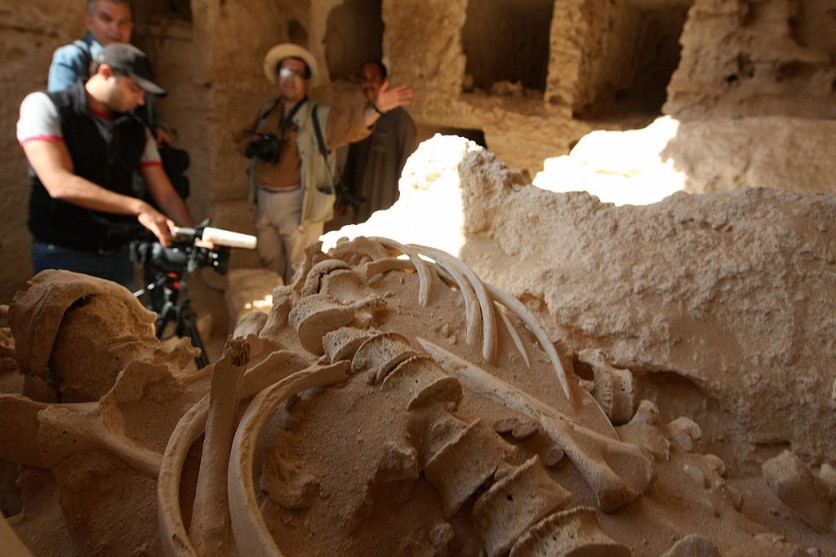Archaeologists have made a thrilling discovery in Belgium, unearthing burnt graves teeming with ancient Roman artifacts.
The Gemeente Zemst, a municipality in the Belgian province of Flemish Brabant, has confirmed that the site investigation is almost complete and that several exceptional finds have been made.

30 Burnt Graves
Although a building from the Middle Ages was anticipated to be found, the archaeological team discovered a cemetery from the late Iron Age and Roman period next to it. The cemetery contained about 30 burnt graves, which were rich in artifacts, including earthenware pots, burnt glass, and small fragments of glass paste.
What made the discovery even more intriguing was the revelation of nine circular ditches, some of which were believed to be from the Iron Age and others from the Roman period.
However, the highlight of the discovery came on April 17, when the archaeologists found an open-air sanctuary from the early Roman period. Such structures are rare in Flanders, and it had been decades since any such monument was found.
Although it is not clear whether it was a shrine or a monumental funerary monument, there is a high probability that it was a shrine, according to the Gemeente Zemst.
The archaeologists will finish their excavations next week, and further research will be conducted in the labs. The findings from the research are eagerly awaited by the Gemeente Zemst.
In another development, the Zemst municipality plans to redesign the sports park on Driesstraat in Elewijt. The Sportpark Hubert Van Innis will become a green oasis with many trees and plants, providing sports infrastructure for numerous associations.
Moreover, there will be enough space in the park to relax and play.
The redevelopment will occur in three phases. The first phase will involve the archaeological research and demolition of the cycling track.
The second phase will involve the construction of a new artificial turf field, while the third and final phase will include the refurbishment of the park and the construction of parking spaces.
Who knew that an exciting find could occur all because of a park construction?
Google Earth Finds Roman Military Camps
In related news, a team of archaeologists from the University of Oxford's School of Archaeology has made a remarkable discovery using Google Earth.
They found three Roman military camps located in the northern Arabian desert, which could be proof of an undocumented military campaign by the Romans.
The team used satellite images to identify these long-forgotten camps, extending from southeast Jordan all the way into Saudi Arabia. Dr. Michael Fradley, the lead researcher who first spotted the camps on Google Earth, believes that these camps were built by the Roman army.
The camps are shaped like playing cards, with opposing entrances on each side, and one of the camps is much larger than the other two.
Dr. Mike Bishop, a Roman military expert, considers this discovery to be a spectacular find that sheds new light on Roman campaigning in Arabia.
To learn more about the story, click here.
Related Article : French Archaeologists Uncover Ancient Roman-era Monumental Complex from the 2nd-3rd Century AD

ⓒ 2025 TECHTIMES.com All rights reserved. Do not reproduce without permission.




